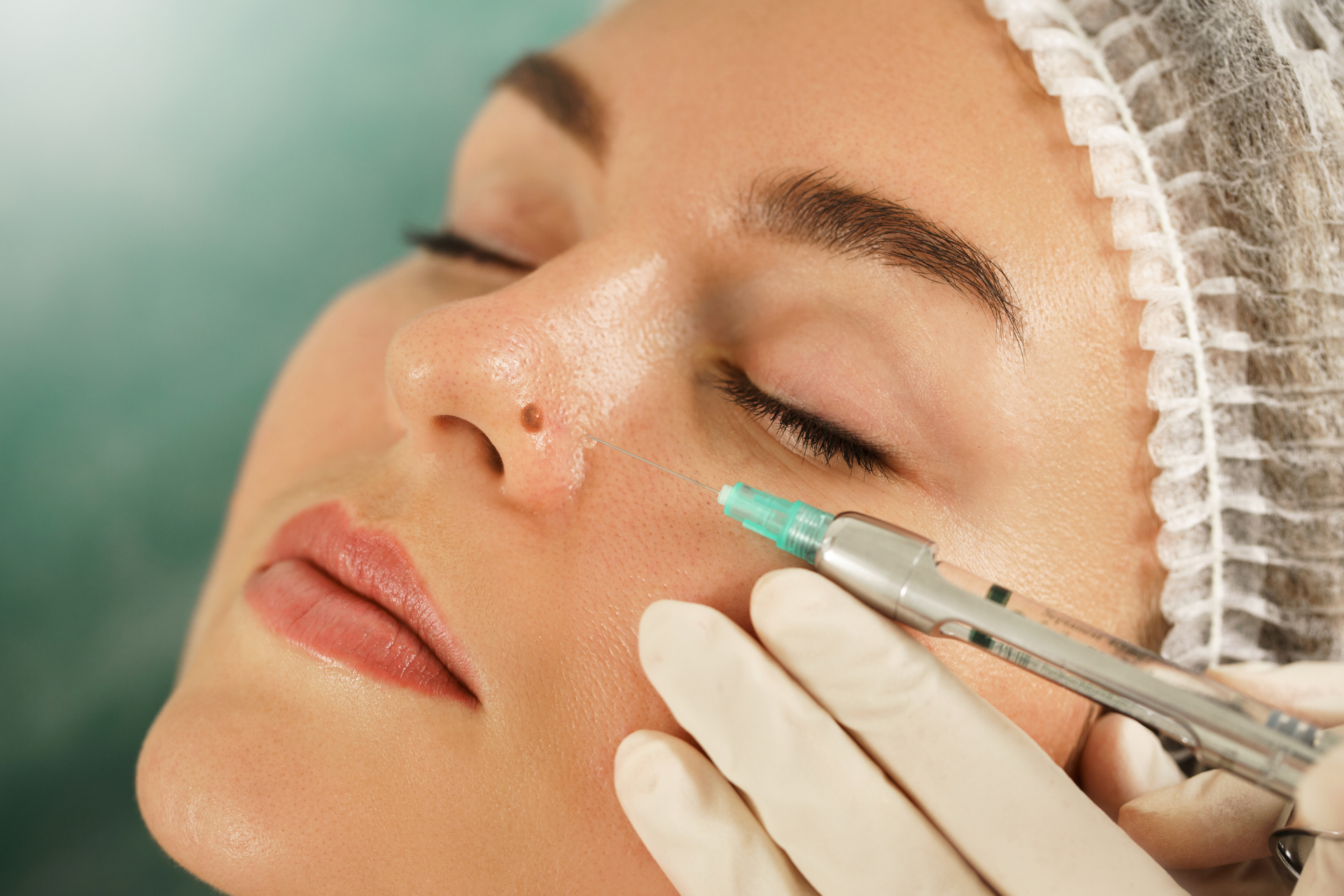Mole Removal 101: What to Expect Before, During, and After the Procedure

At Fall Creek Skin and Health Clinic, we understand that moles can be a source of concern for many individuals. Whether you want to remove a mole for cosmetic reasons or due to health concerns, it’s essential to know what to expect before, during, and after the procedure. Here’s a comprehensive guide to help you navigate your mole removal journey.
Before the Procedure
Preparation is key to a smooth mole removal process. Initially, you’ll need to schedule a consultation with one of our dermatology professionals at Fall Creek Skin and Health Clinic. During this appointment, your doctor will examine the mole and ask you questions about its size, shape, and any changes it has undergone. This assessment is crucial in determining whether the mole is benign or if further testing may be necessary.
Before the procedure, it's advised to avoid blood thinners like aspirin and anti-inflammatory medications, as these can increase bleeding. Your doctor will provide specific instructions tailored to your health history and the nature of the mole. Ensure you also communicate any allergies, medications you’re taking, and any previous surgical experiences.
During the Procedure
Mole removal is generally a quick and straightforward procedure that can be performed in our clinic. At Fall Creek Skin and Health Clinic, we prioritize your comfort and safety. The procedure typically begins with the application of a local anesthetic to numb the area surrounding the mole. You might feel a slight pinch, but the discomfort should be minimal.
There are various methods for mole removal, including excision (cutting out the mole entirely) and shaving (removing the mole from the surface of the skin). Your doctor will recommend the best method based on the mole’s characteristics. The procedure usually lasts between 15 to 30 minutes, depending on the complexity of the removal.
Once the mole is removed, the area will be carefully stitched or bandaged. You’ll receive instructions on how to care for the site post-procedure, including keeping the area clean and monitoring for any signs of infection, such as increased redness, swelling, or pus.
After the Procedure
Recovery from mole removal is generally quick, with most patients resuming their normal activities within a few days. You may experience some swelling or discomfort, which can typically be managed with over-the-counter pain relievers and cold compresses.
Follow-up care is crucial. Your doctor will provide a timeline for when to return for stitches to be removed (if applicable) and for any necessary follow-up appointments to discuss pathology results, especially if the mole was sent for laboratory analysis.
Additionally, protecting the site from sunlight is vital during the healing process. Sunscreen or protective clothing can help ensure proper healing and minimize scarring.
Conclusion
At Fall Creek Skin and Health Clinic, we’re committed to providing high-quality care, ensuring that your mole removal experience is as smooth and informative as possible. We encourage you to reach out with any questions or concerns before, during, or after your procedure. Our dedicated team is here to support your skin health every step of the way, ensuring that you leave our clinic feeling confident and cared for.




